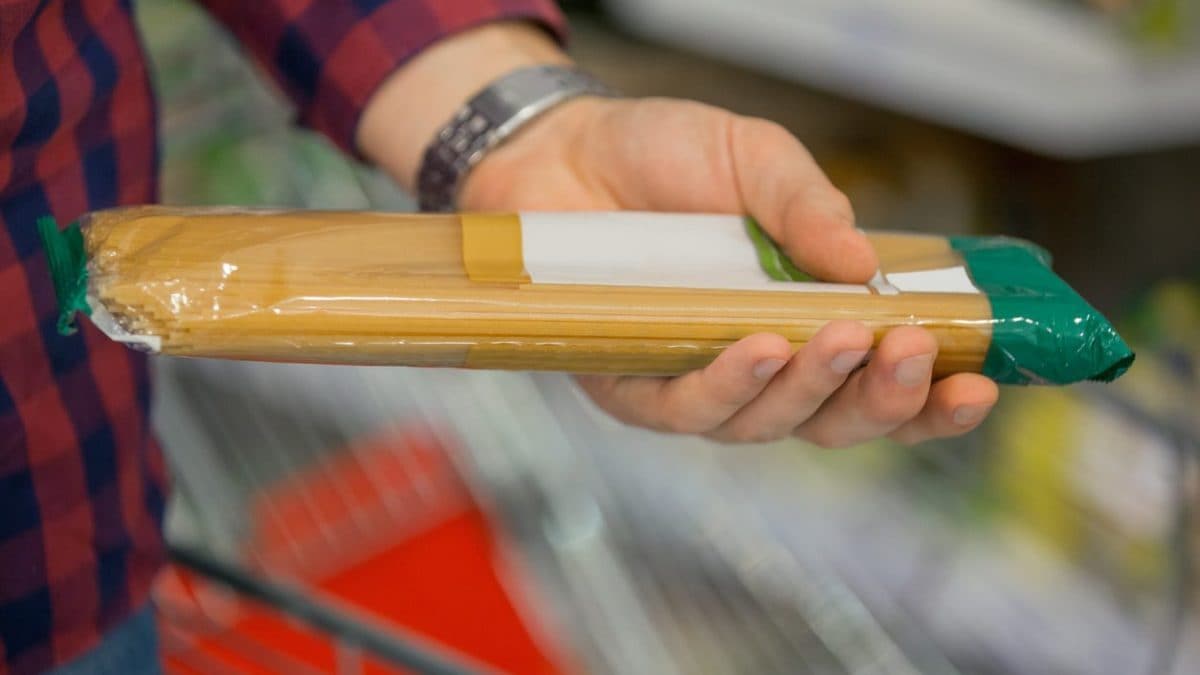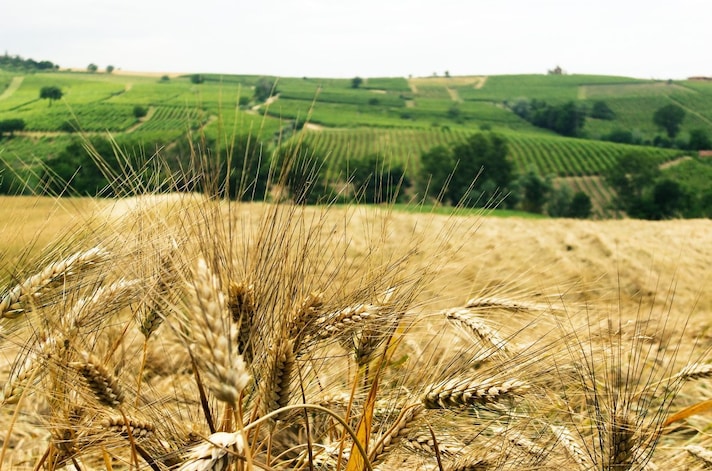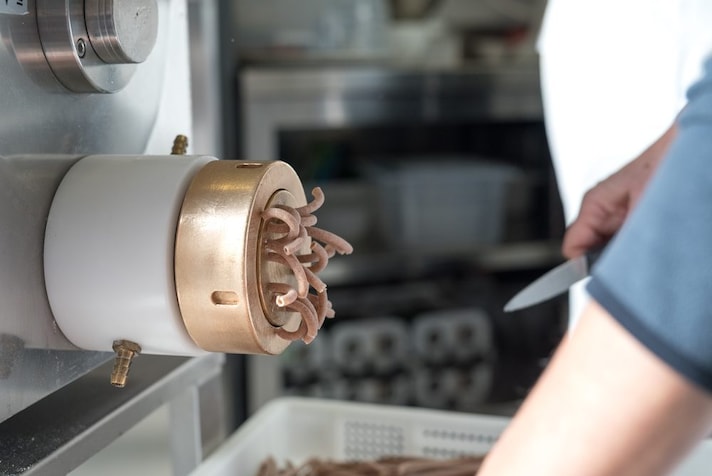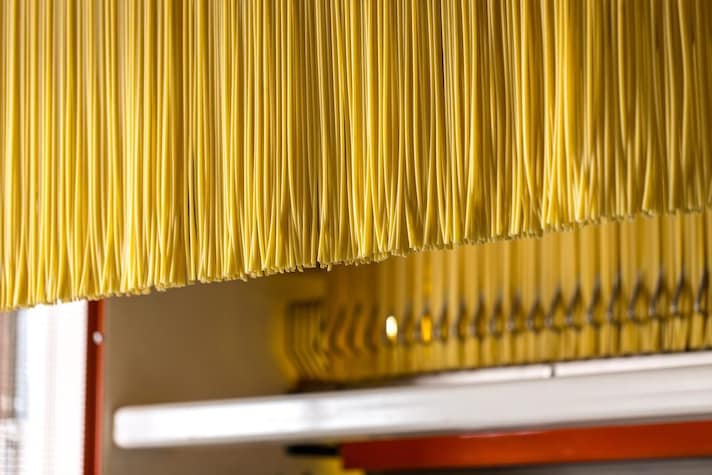
It seems easy: you walk into the grocery store, head to the shelves with the colorful packages of pasta, and add the one you trust to your cart. Why that one? Maybe it's a little more expensive, since we're used to thinking that quality comes at a higher price, or maybe it's the brand your family has traditionally favored and you're happy with it. Buying spaghetti, penne, fusilli, and the many other pasta shapes available on the market blind (it's true to say) is no easy feat, since you have to try pasta to know if it's good. However, there are some indicators on the label and packaging that can give you some clues: let's look at what to look for when shopping and some tips on how to evaluate the product once you've brought it home.
1. The Wheat

Let's start with the raw material, where by law, Italian pasta producers must use only two ingredients: durum wheat semolina flour (including whole wheat) and water. No additives or preservatives. Excellent pasta is made by the pasta maker's ability to source and work with the finest grains, where origin is not the primary criterion for assessing its superiority: Italian wheat, in fact, is not necessarily superior to that imported from abroad. Domestic production would be unable to meet domestic consumer demand, so much so that Italy imports an average of 30% to 40% of its wheat: this means that many pastas are made with blends of durum wheat that are not 100% Italian. What makes the difference? When it comes to dried pasta, protein content is an important indicator, as it affects its cooking properties, firmness, and chewing ability. High-quality pasta has a high protein content, ranging between 12.5% and 15%, with regulations requiring a minimum of 10.5%. High-quality durum wheat produces a semolina that is naturally richer in protein. Furthermore, relying on organic products is an additional guarantee that chemicals such as glyphosate, a herbicide that periodically makes headlines for its potential health risks, are not used.
2. The Wire Drawing

The type of die used to form the pasta affects the final result: the process is essentially carried out in two different ways: bronze die extrusion and Teflon die extrusion, where the extrusion material varies. In the first case, the dies are made of or coated in bronze: since the surface is abrasive, the pasta will be porous and rough, as it encounters a certain resistance when coming out of the holes, thus better retaining sauces and condiments. In the second case, however, the Teflon, or polytetrafluoroethylene (PTFE) that normally coats non-stick pans, has a smooth texture, allowing the dough to slide out more quickly (ensuring a larger production, suitable for industrial use) and is therefore characterized by a smooth consistency. In terms of quality, artisanal pastas tend to prefer bronze die extrusion, which is slower to process and therefore requires high-quality durum wheat semolina from the start.
3. Drying

Another detail that makes the difference is drying, which consists of one of the final stages of dried pasta production, when it undergoes drying. How does this operation take place? Through contact with hot air cycles that eliminate excess humidity (by law it cannot exceed 12.5%): we know that heat treatments play a decisive role in the organoleptic properties and nutritional values of foods. Low-temperature drying dehydrates the pasta at no more than 140°F/60°C for a period ranging from 12 to more than 70 hours, while very high-temperature drying is carried out at 212°F/100°C for 3-4 hours. In the latter case, the pasta will be more "stressed", undergoing almost a first cooking that negatively alters the proteins, starches and even the amino acids present, with the risk that in addition to being less rich in nutrients, it will also be less digestible.
How to Check if Homemade Pasta is Good
Once purchased, pasta needs to be put to the test in the kitchen. Here are some things to keep an eye on.
- The color of quality raw pasta is pale yellow, slightly amber, and opaque, reflecting the color of the semolina it's made from and which lasts even after cooking. Bright, shiny yellow hues are frequently associated with high-temperature processing and Teflon-drawing.
- The texture must be uniform, without lighter or darker spots or white streaks, which compromise its structure.
- When cooked, it maintains its shape, does not break, and releases very little starch into the water, which remains clear.
- Once ready, when bitten into, it does not have a harder core and an exterior that reduces to “mush”, nor does it have a rubbery and sticky consistency, but it must be tough.
;Resize,width=767;)
